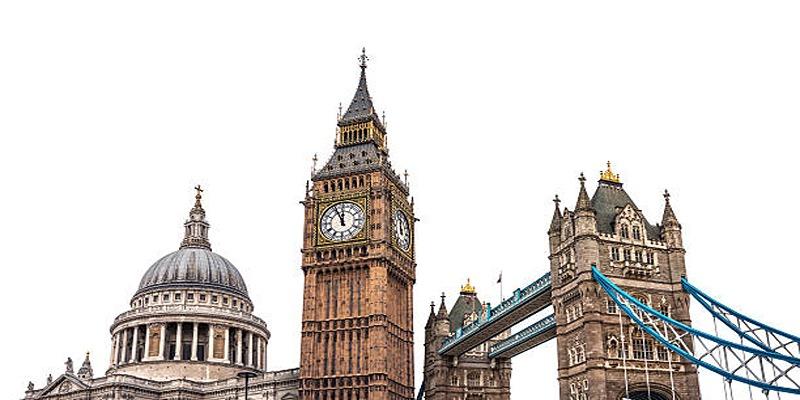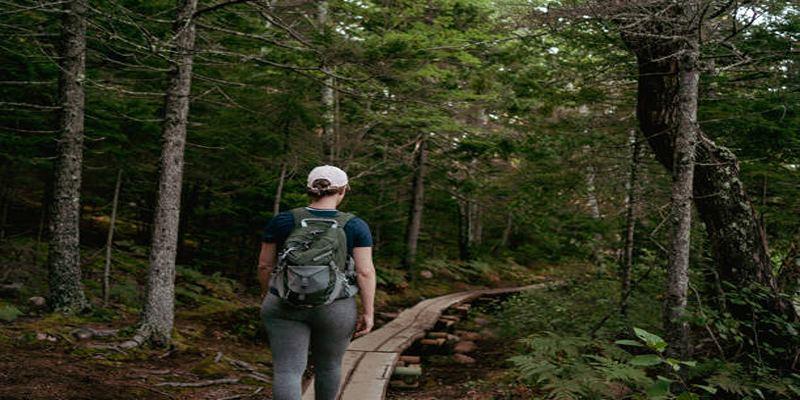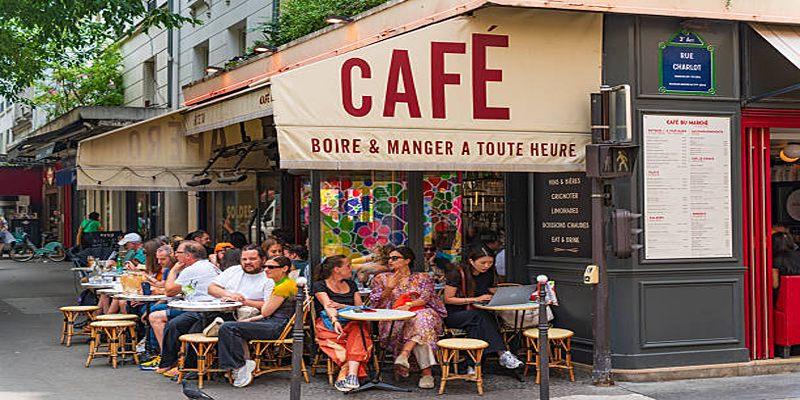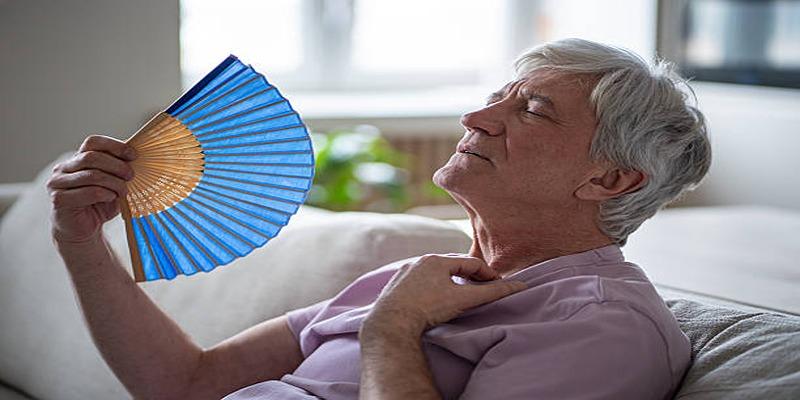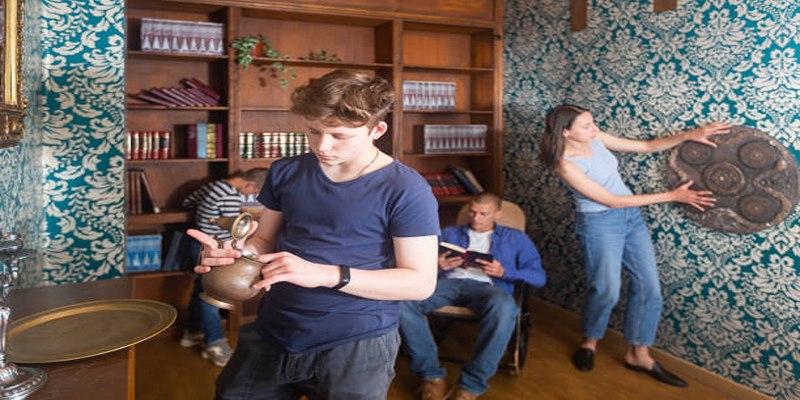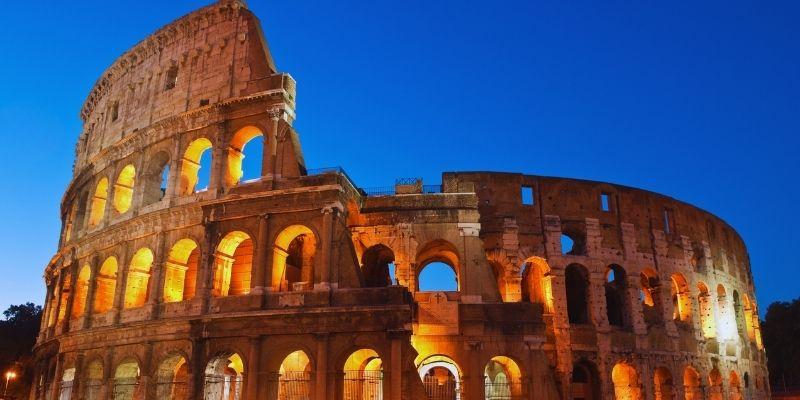The capital of Hungary called Budapest is a city which perfectly mixes the past, culture and the present dynamic side. Budapest has ample experiences to leave an indelible mark on every visitor due to its legendary thermal baths and an impressive architecture. Driving the Castle District or along the Danube, you will definitely find yourself inspired and motivated to continue your sightseeing in Hungary.
Soak in Historic Thermal Baths
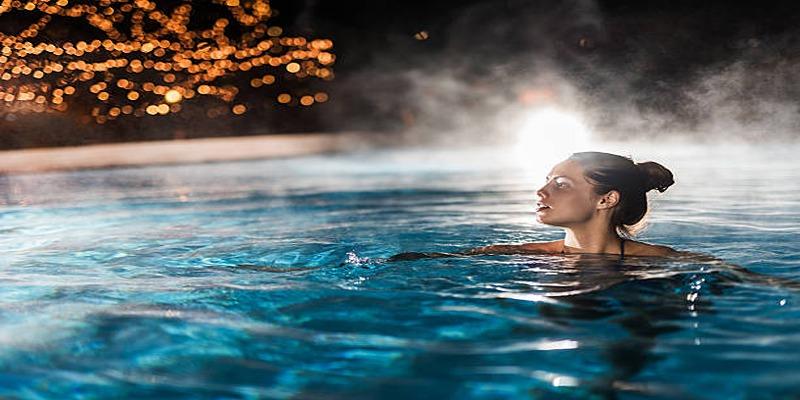
Budapest sits atop a network of natural hot springs that have been used for bathing since Roman times. There are more than 100 thermal spas in the city, and it makes this place one of the best locations to visit in spa in the world.
Szechenyi Thermal Baths is the jewel of spas of Budapest. In this neo-baroque complex, there are 18 pools between 68 F and 100 F. The outdoor pools are open throughout the year, which gives you the false impression that you are in hot springs when it is snowing.
To be more experienced, it is better to visit Rudas Baths that were constructed in Ottoman times in the 16th century. The water pool below the original Turkish dome is octagonal shaped and it produces a rather mystic impression, particularly when the pool is used in the evening and candles are reflected in the water.
Explore Buda Castle and the Royal Palace
Perched high above the Danube River, Buda Castle dominates the city's skyline and houses some of Hungary's most important cultural institutions. The complex showcases over 700 years of architectural evolution, from medieval foundations to baroque rebuilding.
The castle housing the Hungarian national gallery features the best collection of art created in the country including the works of well known Hungarian painters such as Mihaly Munkacsy. The Budapest History Museum occupies the castle's medieval foundations, where you can walk through excavated royal chambers and see artifacts spanning Budapest's long history.
Either ride the Castle Hill Funicular through the scenic ride to the palace or get some exercise climbing the stone steps to take some pictures. Sunrise or sunset can be photographed at this location due to panoramic views of the entire city through the castle terraces.
Marvel at the Hungarian Parliament Building
The building of Hungarian Parliament is among the best legislative buildings in Europe. This neo-gothic master work has 691 rooms and covers 879 feet in Danube riverbank.
The opulent interior that includes the beautiful Dome Hall which is home to the Hungary Crown Jewels is uncovered as guided tours guide us through the building. The property of Hungary, the rare symbol of the bent cross, is the object of about 1,000 years of the history of Hungarian kings.
The evening light makes the Parliament a golden lighthouse on the Danube waters. The waterfront facade of the Buda side and the decks of the evening river cruises probably offer the best viewing points.
Wander Through the Great Market Hall
The Great Market Hall (Central Market Hall) is busy since the first hour of the morning until in the evening. The oldest and largest indoor market in the city of Budapest is located in this neo-Gothic construction, which was completed in 1897.
The ground area is flooded with fresh items, Hungarian cuisines and domestic items. Taste false well known foods such as lángos (fried flatbread), chimney cake (kurtoskalacs), and many types of Hungarian sausages. Vendors are selling in tasting, so it is not hard to find something new.
The higher floor consists of handicraft stalls of embroidered textiles, ceramics and souvenirs. Local artisans make most of their products by hand and offer alternatives to mass-produced tourist products.
Take a Danube River Cruise
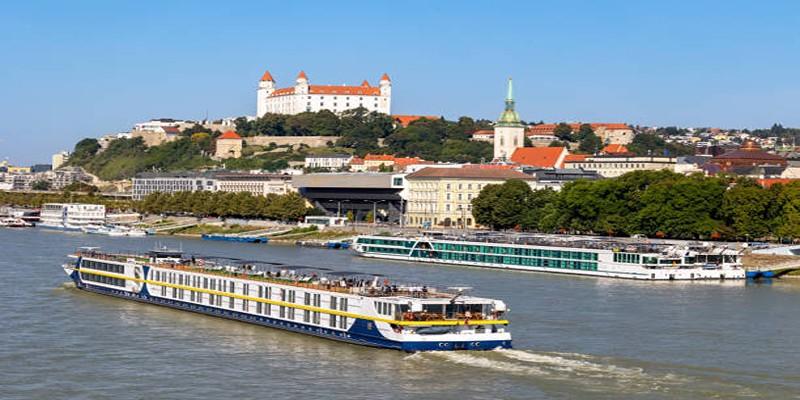
The Danube River is considered the ideal positioning point focuses the beauty of the architecture of the city. Cruise ships will show how the two parts of the city Buda and Pest make a complete unit.
Cruises in the daytime enable one to see various landmark buildings and bridges in great detail, accompanied by multilingual commentary on their importance. Evening cruises demonstrate the lightened up city skyline and result into special reflections in the water.
The oldest, still standing, permanent bridge in the city is Chain Bridge, which is incredibly beautiful at nighttime when it is illuminated. A lot of cruising under various bridges each has a different kind of architecture with different eras.
Explore the Fisherman's Bastion and Matthias Church
The most photographed panorama views of Budapest can be found at the Fisherman Bastion. As a continuation of the neo-Romanesque style, this terrace was constructed at the beginning of the 20th century, comprising 7 towers which symbolize the seven Magyar tribes that have settled in the Carpathian Basin.
Near Matthias Church is the beautiful building of Gothic architecture with colorful roof tiles. The church was the site of coronation of Hungarian kings and also was a mosque during the Ottoman occupation. On the inside are found beautiful frescoes and elaborate stone carvings.
Walk Across the Chain Bridge at Sunset
The Chain Bridge brings Buda and Pest literally and symbolically together. Finished in 1849, it was the first bridge to be built on a permanent basis across the Danube at Budapest and was symbolic of development and integration.
At each end of the bridge are stone lions which protect its entrance, but the folks round about ridicule that the sculptor never bothered to cut out the tongues of the sculpture. The pedestrian path offers alternate views of the city and the ability to see sea level rises and fall, as well as color changes of the Danube flow.
Evening strolls are especially memorable because the light of the bridge starts to shine right at the moment when the daylight ends. The foot paths provide good access and various spotting areas to capture Instagram photos.
Venture into the Hospital in the Rock
Hidden beneath Buda Castle, the Hospital in the Rock reveals a fascinating chapter of 20th-century history. This underground emergency hospital and nuclear bunker was used in World War 2 and the Cold War.
It was used as a nuclear bunker into the times of the Cold War, and it is where wounded soldiers and civilians were treated during the Hungarian Revolution of 1956. The stress atmosphere of these historical times is recreated by wax figures, original equipment and atmospheric lighting.
The tours cover the decontamination rooms, operating rooms, and command rooms and bring to learn about how things were in the past, during significant events in the history of Hungary. It is also an ideal activity during extreme weather given that it is always at room temperature, 64oF.
Relax in City Park and Visit Vajdahunyad Castle
Green space and recreational activities can be found in City Park (Varroliget) which is located close to the city center. There are a few interesting locations within walking distance that would be worth visiting in this big park.
Vajdahunyad Castle represents the Hungarian history of architecture by copying characteristic buildings that existed in this or that locality and era. The museum of Hungarian Agriculture, the largest agricultural museum in the world, is located in the castle.
Other places of interest within the park are the Budapest Zoo and the Széchenyi Thermal Baths (during winter, there is also an outdoor ice skating rink in the park). Short walks through trees give a nice result and outdoor seats are available at a number of restaurants in warm seasons.
Final Thoughts
Budapest is the ideal combination of great sights and surprising surprises. Its pedestrian centre and effective transport system makes it easy to explore the city with a budget-friendly Budapest Card to ride and get around. Visits to thermals or museums in pairs with wandering around the neighborhood without purpose to discover secret jewels. Local life, exceptional architecture, and cultural surprises create memorable impressions in the city that should attract every tourist.

